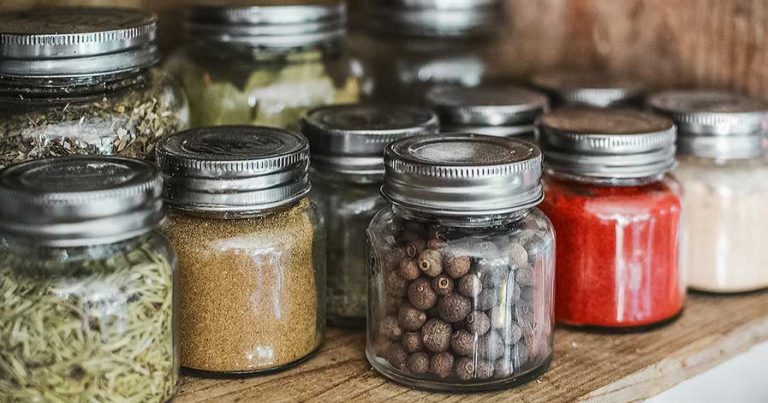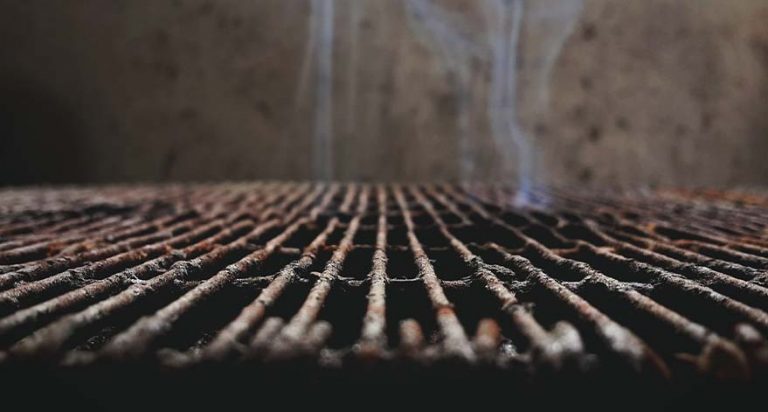Keep Your Food Fresh and Organized with These Storage Solutions
From Cupboards to Countertops
Kitchens, pantries and root cellars can quickly become a jumbled and unorganized maze of items if you're not careful about your food storage practices. This can lead not only to clutter, but also to the potentially costly loss of food through spoilage. A simple investment in accessories designed to store food can help you save money while making it easier to find what you're looking for when you're cooking or preparing a meal, and food storage containers are ideal for the long-term safekeeping of dried foods, pickled foods, dehydrated foods, non-perishable items and preserves.
Applications of Food Storage Containers
In pantries and root cellars, food storage containers help you organize items by type, which saves you time when you're putting away groceries or taking stock of what you need and what you don't. They're also perfect for shared accommodations, as each member of the household can have their own dedicated place for storing dry and non-perishable items.
Cold food storage accessories can also be added to fridges and freezers to keep things organized. Small baskets and bins designed to fit in your fridge let you group like items together, maximizing the amount of space you have inside your refrigerator. You can also get dividers for crispers to separate fruits and vegetables, or to designate space for the individual residents of your home. Similarly, you can get baskets which are designed for suspension inside both upright and chest freezers, allowing you to demarcate space for the various frozen foods you store.
Food Storage Tips
Safe food storage helps you prevent the costly loss of food due to spoilage and guard against the spread of bacteria that can cause food poisoning. With that in mind, here are some essential food storage tips to keep in mind:
- Check temperature settings in fridges and freezers to ensure they're at the adequate level, keeping in mind that full freezers and fridges may have slight disparities between the temperature setting and the actual interior temperature.
- Refrigerate cooked foods within two hours, and use shallow rather than deep containers. Shallow containers promote quick and even cooling.
- When it comes to produce, don't wash it before you store it. Instead, wash it on an as-needed basis, as water exposure leads to more rapid spoilage of fresh fruits and vegetables.
- Always seal or wrap foods when you're putting them in a fridge or freezer.
- Keep meats separate from fruits and vegetables in your fridge or freezer. Ideally, you should store different types of meat together; in other words, create a dedicated storage space for beef, another for poultry, and another for pork—this prevents cross-contamination.
Counter and Wall Spice Racks for Your Kitchen
Spice racks are common organization accessories which can also add an appealing decorative touch to your kitchen. They are typically wall-mounted, though it's important that you select the right place to put them. If they're too close to your oven, they may be exposed to high levels of heat which can affect their flavor; ideally, you should place wall spice racks in convenient, easy-to-reach places which are not subject to temperature extremes. As an alternative, you can also get counter spice racks if your kitchen doesn't have wall space located in a convenient place.
Spice Rack Materials
The most common type of spice rack is the wooden spice rack. These are perfect for kitchens with wooden or faux-wood cabinets and cupboards, as they can be finished with matching stains. If you live in a home with a more modern look, stainless steel spice racks provide excellent durability while seamlessly integrating with your kitchen's overall style.
Another alternative worth considering is the magnetic spice rack. These are perfect if your kitchen's walls are tiled, as you won't have to drill through your tiles to mount the rack; they also offer you the option of moving the spice rack around if you decide you'd rather place it somewhere else.
Spice Rack Designs
Wooden and metal spice racks draw on several basic design variations. One of the most common spice rack styles features a cubic design with doors sealing the interior of the rack and small drawers at the rack's base. Others are open-faced, with protective horizontal wooden bars placed across each shelf to help keep spice containers from falling.
Counter spice racks may be stacked vertically, like a standard wall-mounted spice rack, or circular in design. Circular racks for spices are generally mobile, allowing you to spin it around to find the particular spice you're looking for; these make a better option if you have a large collection of spices and don't want to waste time rummaging through a stacked vertical rack looking for a certain spice.
Spice racks can be simple and nondescript, or elaborately carved with flairs and accentuations. There are literally hundreds of options to choose from, so decide which type of spice rack you want and where you're going to place it before you start shopping; this will help you zero in on the options which are best suited for your needs.

